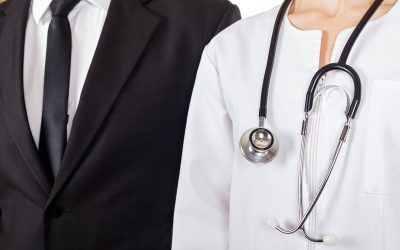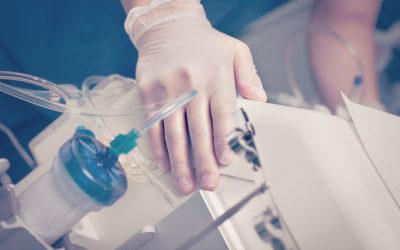There are different designs and options in a needle trap, and the specific type depends on the kind of needlestick risk. For example, a needle trap for syringes is designed to cover the syringe needle after use to prevent accidental sharps injuries.
The Risks of Needlesticks
In the surgical room, a needle trap is a very different device. It is used to manage the contaminated needles after a suturing. In the traditional method used in operating rooms, the surgeon completes the suture and transfers the contaminated needle to the scrub tech. The scrub tech then manages the needle as per the protocol.
It is during these transfers between the surgeon and the surgical technician that a needlestick is most likely to occur. By eliminating the need to transfer the contaminated needle to the scrub tech, the medical staff can eliminate the risk of these types of injuries.
The Design
The needle trap can be positioned on the lower arm of the surgeon to allow an uninterrupted view of the surgical field. The surgeon does not have to look away to pass the needle or to receive a suture needle. Instead, all he or she needs to do is position the device in the appropriate location to maintain full visibility of the incision.
The edges of the trap are enclosed in plastic, eliminating the risk of needlesticks when handling the device. The surgeon can self-dispense the suture needle, place the suture, and move the exposed needle into the trap without the need for scrub tech.
Sharp Fluidics offers an engineered needle trap that eliminates the risk of needlesticks during the transfer of exposed needles. To find out more, contact them today.




